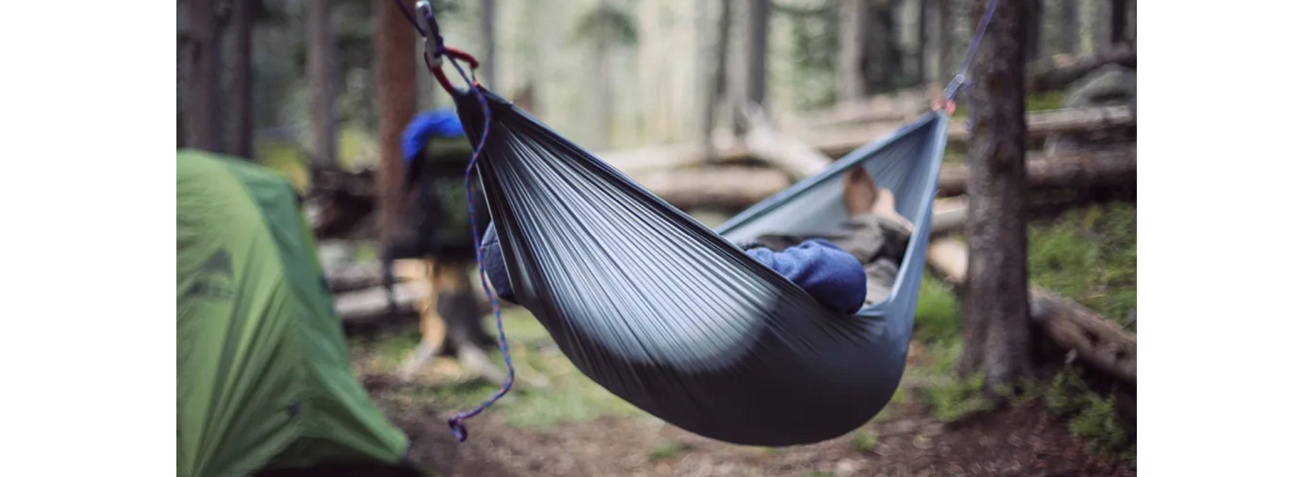
Hello everyone, today’s safety moment focuses on a popular camping trend that’s gained momentum over the past decade – hammock camping. While hammocks offer a unique and environmentally friendly way to camp, it’s important to remember that safety is still a top priority. Let’s delve into some essential tips to ensure safe hammock camping experiences.
Why Hammock Camping? Hammock camping has become a favorite among campers due to its minimal impact on the environment, aligning well with the Leave No Trace principles. However, just like any outdoor activity, it comes with certain risks that need careful consideration.
Hammock Safety Points:
- Follow Manufacturer’s Instructions: Each hammock has specific guidelines for hanging distances between solid supports like trees. Always adhere to these instructions to ensure safe setup.
- Secure Hanging Locations: Only hang hammocks to secure and immovable objects like trees or solid posts. Avoid attaching hammocks to objects that might move, such as vehicle bumpers.
- Check Knots and Fastenings: Before entering a hammock, double-check all knots and fastenings. Ensuring a secure setup is crucial for your safety.
- Avoid Stacking Hammocks: Never stack hammocks on top of each other. It compromises their stability and increases the risk of accidents.
- Height Considerations: Hang hammocks no higher than 3 feet above the ground to prevent severe falls and injuries.
- Stay Away from Water: Hammocks should not be hung over water bodies like rivers, lakes, or streams. Avoid accidents by staying clear of waterfront areas.
- No Swinging or Standing: Never swing or stand in a hammock. Falls from hammocks can lead to serious injuries, so use them only for their intended purpose.
- Inspect Ropes: Check hammock ropes for fraying or damage before use. Replace with manufacturer-approved replacement ropes if needed.
- Weight Limit: Don’t exceed the weight limit specified by the manufacturer. Overloading the hammock compromises its safety.
- Supervise Children: Keep a watchful eye on children using hammocks, ensuring their safety at all times.
- Protect Trees: If using living trees, take care not to damage the bark. Some hammock-tents have wide bands to distribute stress, minimizing harm to trees.
Remember, hammock camping can be a delightful experience when done safely. By following these guidelines, you’re ensuring the safety of yourself and those around you. So, whether you’re a seasoned hammock camper or new to the trend, let’s keep safety at the forefront of our camping adventures. Stay safe out there!




